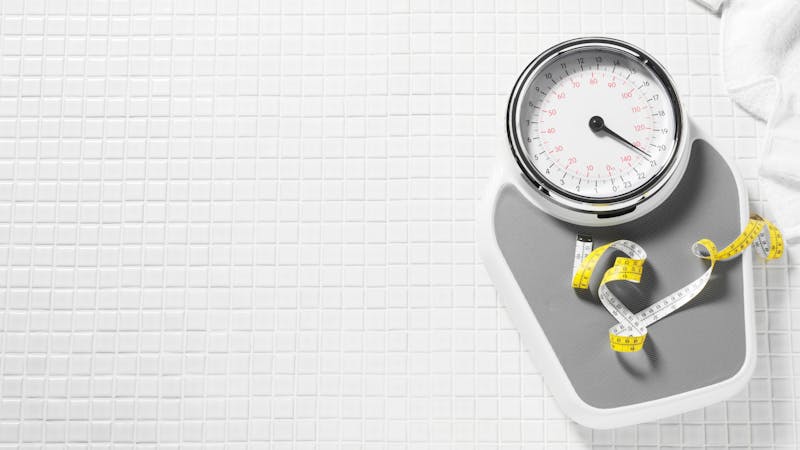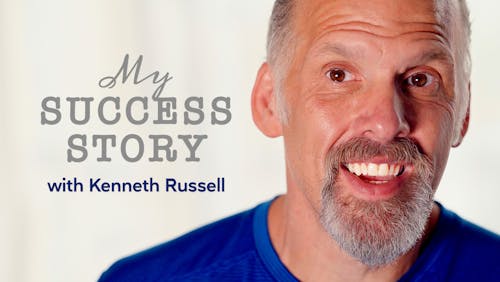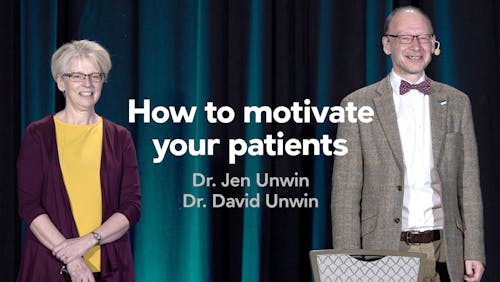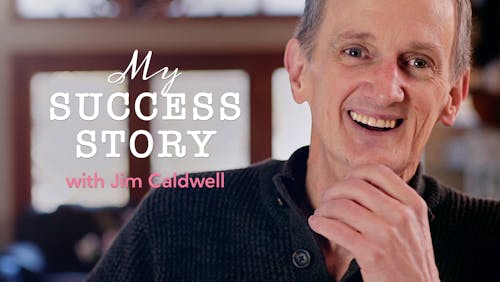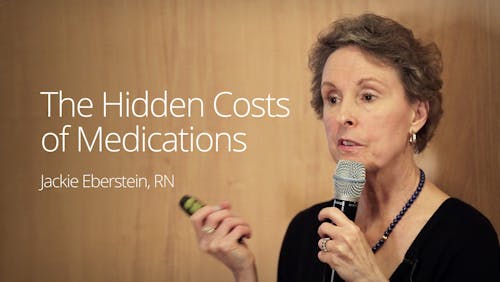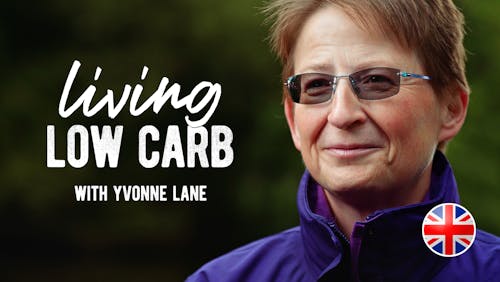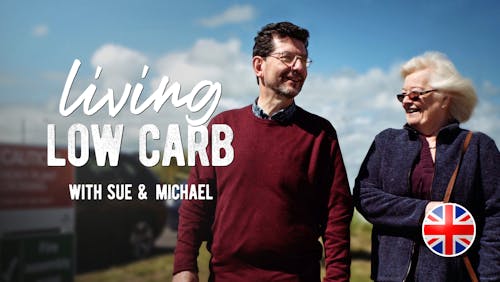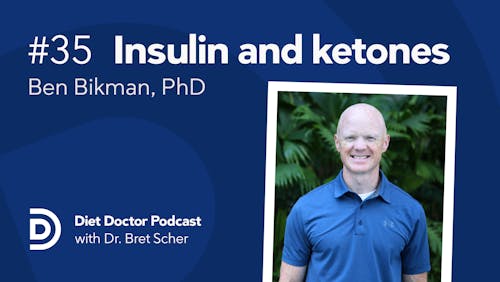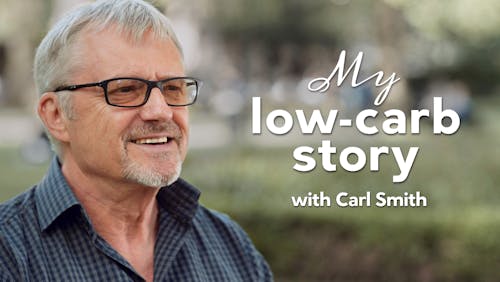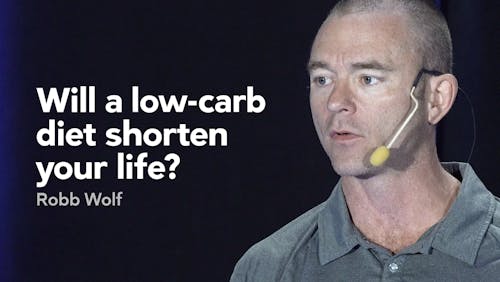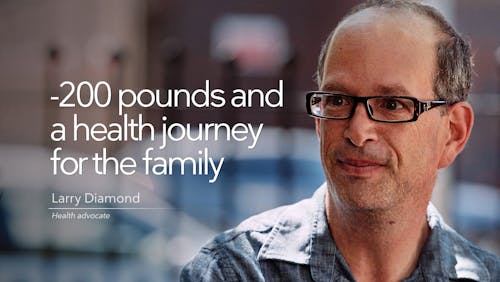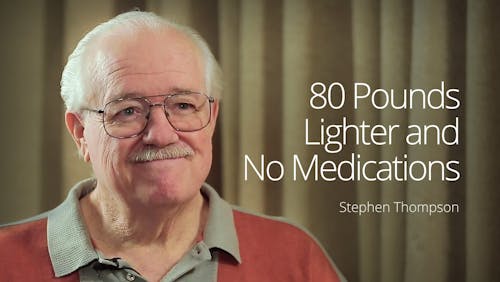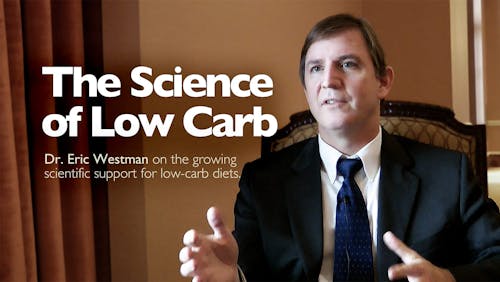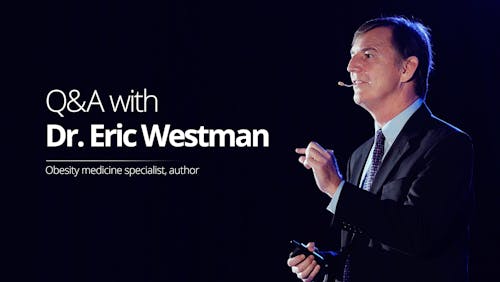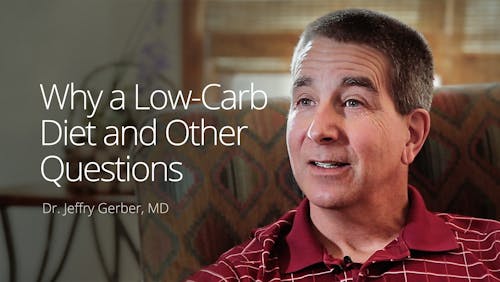Top 10 tips to break a low-carb or keto weight loss stall
We know it can be frustrating to see friends and family successfully losing weight and improving health with low carb when you feel you are not.
You may wonder, “Am I doing something wrong? What else can I do? Is this eating plan right for me?”
This guide helps answer those questions and many others. We explain what a true stall is, review how weight is lost, help you troubleshoot your own situation, and link you to other Diet Doctor guides for more in-depth information. Plus, keep reading to the end and we’ll give you our top 10 tips for breaking a stall.
We aim to empower you to make informed and evidence-based choices that are right for you. Our goal is to help you understand the pace of your unique journey and find options to try to get the scale moving again.
1. Is it really a stall?
How long has your weight loss stalled? Has it been three months or more while diligently staying on plan?
You might feel otherwise when you step on the scale daily, with no sense of progress, but anything less than three months without any weight loss is not considered a true stall.
That’s because body fat is almost never lost in a straight and steady path. Weight leaves in fits and starts.
Many factors can influence the day-to-day number on a scale: water retention, a full or empty bladder, food contents in your stomach or intestine, and other factors such as whether you’ve been building muscle through exercise.
When you think you’ve hit a stall in weight loss, examine the general trends in your weight over time, not your individual weight variations from day to day.
Establish a regular routine for taking your weight: weigh yourself on the same scale, at the same time of day, under the same general circumstances, wearing the same amount of clothing. Consider weighing yourself only once a week or less, to track the trends and not get caught up in day-to-day variations.
Plateaus are common
Results from more than 300 patients enrolled in Virta Health’s type 2 diabetes program show the average patient in the first year of following a low-carb diet had fairly steady weight loss for nine months. This was followed by about three months of a plateau.1
Over the course of the second year of the study, participants were able to maintain most of the weight loss with continued adherence to the diet.2 The fact that these subjects did not lose additional weight after plateauing should not be regarded as failure. Weight maintenance after weight loss is challenging with any lifestyle intervention, and therefore this particular intervention (ketogenic diet) was unusually effective.
Other factors besides sticking to the diet can influence the number on the scale and how it moves: your dieting history, your resting metabolic rate, how much weight you have to lose, how much muscle you carry on your frame, your body fat percentage, how insulin resistant you are, and whether you have hormonal issues. We’ll talk about these factors and how to work with them, below.
2. Track the non-scale victories
Weight is not always the most important measure of whether you are getting healthier. Instead of focusing on the scale number, note changes in common health markers and how you feel.
Are your clothes looser? Are you less hungry? Is your blood pressure lower? Do you have more energy? These are all non-scale victories, sometimes called NSVs, that show your diet is improving your underlying health over the long term.
Measurable health markers
When you are doing a low-carb or ketogenic diet, it’s very important to track changes in measurable health markers. Each of the markers listed below (and linked to a more in-depth discussion) can dramatically improve on low carb:
- fasting glucose
- HbA1c (a measure of glucose over three months)
- blood pressure
- inflammation (as measured by C-reactive protein)
- body fat percentage
- cholesterol levels
- waist-to-height ratio
Symptomatic health improvements
Some health improvements are not measurable by a specific test. However, they may significantly affect the way individuals on a keto or low-carb diet look and feel. These can include:
- better skin, less acne
- more energy and endurance
- reduced hunger and cravings
- improved mental health
- improved irritable bowel syndrome
- less joint pain or chronic pain
3. How the body loses weight
When you lose weight, you want to lose excess body fat, not muscle and bone. Who wants to have a low number on a scale but be weak, frail and sickly? No one!
Many forms of dieting, including those with deliberate long-term caloric restriction, increase the likelihood that precious muscle mass and bone density will be part of the weight you lose. In fact, the more you intentionally restrict calories, the more muscle and bone mass you’re likely to lose.3 This sort of weight loss can undermine your health as you age.
Although these same kinds of studies have not been done specifically with low-carb diets, we know that methods such as severe caloric restriction can make future weight loss more difficult. This occurs because your body tends to “defend” its previous levels of fat stores through a number of processes.4
The result is that you need to eat fewer calories to maintain your lower weight, as compared to a person of the same size who had never been overweight. That’s why these processes are often referred to collectively as “slowing your metabolism” (“adaptive thermogenesis” is the scientific term).5
A followup study of participants on The Biggest Loser television show found that the severe caloric restriction combined with massive amounts of exercise resulted in a long-term slowing of metabolism by 500 calories per day.6
So how do you best burn body fat yet preserve muscle mass and bone density?
- Preserve or build your lean body mass This means eating at least adequate amounts of protein and doing regular resistance exercise.
- Create a sustainable energy deficit: To tap into and use your fat stores, you must burn more energy than you consume. At Diet Doctor, we believe it is best to do so in a way that provides adequate nutrition and helps normalize insulin sensitivity.
Calories count, but you don’t have to count them
At Diet Doctor, we stress “don’t count calories,” but that doesn’t mean that excess calories don’t count. If you are eating more energy than you need, you are unlikely to burn your stored energy or body fat.
Although this may sound at first like the same-old “eat less, move more” advice from the “calories in, calories out” model of low-fat, calorie-restricted diets, there is a big difference. Calories in, calories out says calories from all foods count in the same way. A low-carb diet says different foods — even with the same calorie count — have different effects.7
For example, carb-containing foods raise both blood sugar and insulin, and these higher insulin levels tend to promote the storage of energy as fat. While it is still possible to lose weight with elevated insulin levels – by restricting calories — this is often not a successful long-term strategy.8
By contrast, higher-protein, low-carb foods can help you feel satiated for hours, keep insulin low, provide your body with essential nutrients, and enable you to lower your food intake without hunger, making it easier to burn your own fat stores.9
While it is unclear what proportion of weight loss with low-carb eating is due to naturally reducing calories versus low insulin levels, it is clear that low-carb diets are effective at reducing hunger and cravings — an essential component for breaking through a weight loss stall. Learn more in our guide, Why low carb can help you lose weight.
In fact, most people eating a low-carb or keto diet notice right away they are less hungry and their cravings for carbohydrate foods diminish.10 This can make it easy to skip meals, eat smaller portions, and stop snacking. Doing these things keeps insulin low and creates an energy deficit — without hunger. This feels very different — and is likely to be more sustainable — than most typical weight loss diets.
When combined with the advice to “eat only when you’re hungry and stop when you’re full,” a keto diet can create an ideal situation to reduce consumption and tap into fat stores without ever counting calories.11
This natural adaptation, however, doesn’t happen for everyone. This could include you. It doesn’t mean that a low-carb or keto diet isn’t working for you; it just means you may need to add a few other strategies to create a healthy, sustainable energy deficit.
4. When a keto diet may not be enough
Some situations make a keto diet less effective for weight loss in the short term. These situations may require extra attention and effort from you, so we’ve included links to more information.
- Problems with hunger: Some people do not experience the reduction in hunger and cravings and increase in feelings of fullness that many others on keto diets do.12 If this is you, you may not be eating enough protein.13 It could also be because you are not yet fat-adapted, meaning your body is not yet burning ketones for energy. Or it could be that you are not yet experienced at reading your hunger cues. This makes it difficult to eat when hungry and stop when full. Read more in our evidence-based guide on managing hunger.
- Problems with emotional or habitual eating: Some people eat for reasons other than hunger, such as emotional or habitual eating. You could be misreading your body’s signals as hunger when they indicate a need for something else.
- Problems with a very slow metabolism: Some individuals, often because of years of dieting, have a very slow resting metabolism. If this is you, your body has adapted to needing very little energy. Sometimes this is a result of loss of muscle mass from years of a diet without adequate protein.14 As a result, caloric needs may be so low that it is challenging to create an energy deficit, even with a low-carb or keto diet. If this is you, building muscle may help boost your metabolism.15
- Problems with hormones: Hormonal issues can impact your metabolism and your body’s ability to burn energy. For example, the hormonal changes during menopause, especially declining estrogen, are often associated with an increase in body fat and reduction in lean body mass.16 Too little thyroid hormone can slow metabolism.17 The reproductive disorder polycystic ovary syndrome (PCOS) can also create hormonal disruptions, leading to chronically high levels of insulin and insulin resistance.18
- Problems with medications: Some medications that are prescribed for health conditions can cause weight gain as a side effect. Common ones include drugs for diabetes, such as insulin and sulfonylureas; drugs for mental health conditions such as antidepressants and anti-psychotics; drugs for high blood pressure such as beta blockers; as well as drugs for epilepsy, cancer therapy, some steriods (such as prednisone), and birth control pills.19 If you are on a drug for a health condition you can ask your doctor whether an alternative might be found that does not cause weight gain.
These issues do not mean that a keto diet won’t work for you. It just means that you will need to follow a low-carb or keto diet while doing other things to achieve your goals, including the tips below.
5. Top 10 tips to break a weight-loss plateau
Here are our top 10 tips to help break a weight-loss plateau.
- Watch for carb creep
Look for and eliminate hidden carbs in foods such as sausages, deli meats, dressings, sauces, packaged goods, and “keto” products. Are you eating too many higher-carb vegetables like carrots, squash, onions, or rutabaga? Have you cut out all high-carb fruit and stopped drinking all fruit juice? If you are eating berries often, cut back or eliminate them for now. - Be careful with dairy and nuts
Full-fat dairy and most nuts are allowed on the keto diet, but too much of either can stall your progress.20 Dairy, such as rich cheeses or cream in coffee, can be easy to over-consume. And it can be hard to just eat a few tasty, salty nuts. Reduce or eliminate both, and you may break your stall.
If you’d like to try giving up dairy for a few days, you might enjoy our 3-day dairy-free keto meal plan — three days of delicious meals that provide less than 20 grams of net carbs per day. You’ll see that dairy-free does not have to be boring! - Fix your snack habit
The urge to snack may indicate that your regular meals are not providing enough protein or energy from fat. Your low-carb meals should allow you to go four or five hours without hunger. If they don’t, add protein or fat — or both — to your meals and see what happens. However, sometimes snacking is just a habit that needs to be broken. Even with low-carb or keto snacks, carbs and calories add up. - Get your “Goldilocks” protein
Protein intake should be like Goldilocks said: “Just right.” Too little protein can drive hunger, snacking, and overeating. Too much provides extra calories you don’t need. Our protein guide provides in-depth information and visuals to help you figure out how much is right for you. Plus, protein helps maintain your resting metabolic rate by preserving muscle mass. - Get your “Goldilocks” fat
Fat intake should be “just right” for you, too. Being able to eat fat is one of the reasons a keto diet can be so satiating. But you can over-do it. If you’re not losing weight, cut back on fat bombs, butter-filled coffee, medium-chain triglyceride (MCT) oil, and excessive use of whipping cream, coconut oil, and cheese. If you’re hungry between meals, add a bit of fat back in at the next meal, ideally with some high-quality protein, like a marbled steak or a piece of salmon with a lemon and butter sauce. - Avoid sweeteners and low-carb “treats”
Anything that tastes sweet, even if made with a no-carb sweetener, can keep cravings in place.21 And low-carb foods that mimic their high-carb counterparts — like desserts, cakes, cookies, muffins, and breads — sweetened or not, are often less nutritious and may encourage overeating. Save them for very special occasions. - Try intermittent fasting
Nutrient-dense meals, ketosis, and being fat-adapted can all help you go for a number of hours without eating. When you’re ready, feel free to skip a meal and embrace intermittent fasting. Breakfast is often the easiest to skip. Mix up your fasting pattern, such as doing alternate day fasting, where you skip meals one day and then eat normally the next. This may help you avoid the slowing of metabolism that is often seen with chronic, daily calorie restriction.22 Do short fasts, such as 16 to 24 hours maximum. - Add in exercise — especially weightlifting
Regular exercise — even just walking — can improve your health markers and burn more energy. High-intensity interval training is an efficient way to get fit. Add in resistance training, such as weightlifting or body-weight exercises, to build more muscle, and you might increase your resting metabolism and the amount of energy you burn all day. - Be careful with alcohol
Although most people can occasionally enjoy some dry wines and spirits on a low-carb or keto diet, too much alcohol can contribute to a stall. Alcohol makes it easy to drink a lot of extra, non-nutritious calories. Plus, it gets metabolized first. This has the potential to slow down the process of using your fat stores for energy. - Pay attention to stress and sleep
Food is not the only thing that contributes to stalls. Chronic stress and poor sleep can raise cortisol, which in turn increases cravings for carbs, stimulates hunger, and promotes abdominal obesity.23 One study reported getting an extra hour of sleep, with no specific advice to change eating habits, lead to eating fewer calories and losing weight.24 Examine stress and sleep factors in your life and take steps to introduce a good sleep routine, avoid stimulants like caffeine past noon, and introduce stress reduction techniques such as breathing practices, meditation, yoga, exercise, and relaxing hobbies.
Diet Doctor has lots of resources to further guide your weight loss, including these in-depth guides and programs:
- How to lose weight
- Top 10 tips for women 40+
- 5 Weeks of Keto with Kristie (member-only weight loss program)
- Weight Loss for Good (member-only, intensive weight loss program)
Summary
Weight loss stalls are a normal part of the journey, but some people struggle to lose weight more than others do.
To burn your fat stores you must burn more energy than you eat. And it helps to do this in a way that provides adequate nutrition and protein and improves your insulin sensitivity. Following our 10 tips can help you break your weight loss stall, even if you have some of the common problems like hormonal issues, a slow metabolism, or trouble with hunger and cravings.
Weight loss
Diabetes Therapy 2018: Effectiveness and safety of a novel care model for the management of type 2 diabetes at 1 year: an open-label, non-randomized, controlled study [case series; weak evidence] ↩
Frontiers of Endocrinology 2019: Long-term effects of a novel continuous remote care intervention including nutritional ketosis for the management of type 2 diabetes: a 2-year non-randomized clinical trial [case series; weak evidence] ↩
International Journal of Obesity (London) 2007: Changes in fat-free mass during significant weight loss: a systematic review [strong evidence] ↩
Obesity (silver Spring) 2007: Effect of calorie restriction on resting metabolic rate and spontaneous physical activity [randomized trial; moderate evidence] ↩
International Journal of Obesity 2010: Adaptive thermogenesis in humans [overview article; ungraded] ↩
Obesity 2016: Persistent metabolic adaptation 6 years after “The Biggest Loser” competition [case study; weak evidence] ↩
You can hear a more in-depth discussion on this topic in our podcast interview with Harvard physician and researcher Dr. David Ludwig. ↩
Annals of Internal Medicine 1993: Treatment of obesity by moderate and severe caloric restriction. Results of clinical research trials[overview article; ungraded]
Journal of Obesity and Metabolic Syndrome 2021: Optimal diet strategies for weight loss and weight loss maintenance[overview article; ungraded] ↩
The following studies demonstrate that a low-carb diet powerfully lowers insulin levels:
Nutrition and Metabolism 2006: Comparison of isocaloric very low carbohydrate/high saturated fat and high carbohydrate/low saturated fat diets on body composition and cardiovascular risk. [RCT; moderate evidence]
Annals of Internal Medicine 2005: Effect of a low-carbohydrate diet on appetite, blood glucose levels, and insulin resistance in obese patients with type 2 diabetes [non-randomized study; weak evidence]
Learn more:
Yes, a low-carb diet greatly lowers your insulin ↩Obesity Reviews 2015: Do ketogenic diets really suppress appetite? A systematic review and meta-analysis. [systematic review of randomized trials; strong evidence] ↩
This is based on consistent clinical experience of low-carb practitioners. [weak evidence] ↩
This is based on consistent clinical experience of low-carb practitioners. [weak evidence] ↩
The importance of getting adequate protein on a low-carb or keto diet cannot be overstated.
This is based on consistent clinical experience of low-carb practitioners. [weak evidence] ↩
The American Journal of Clinical Nutrition 2015: Metabolic adaptation to caloric restriction and subsequent refeeding: the Minnesota Starvation Experiment revisited [non-randomized trial; weak evidence]
The Journal of Nutrition 2013: Normal protein intake is required for body weight loss and weight maintenance, and elevated protein intake for additional preservation of resting energy expenditure and fat free mass [randomized trial; moderate evidence] ↩
In a 16-week study, older men who performed heavy resistance training experienced increases in muscle mass and metabolic rate, in addition to losing fat:
Journal of Applied Physiology 1994: Strength training increases resting metabolic rate and norepinephrine levels in healthy 50- to 65-yr-old men [non-controlled study; weak evidence] ↩Climacteric 2012: Understanding weight gain at menopause [overview article; ungraded]
Biomed Research International 2014: Estrogen deficiency and the origin of obesity during menopause [overview article; ungraded] ↩
Nutrition Research Reviews 2017: Metabolic consequences of obesity and insulin resistance in polycystic ovary syndrome: diagnostic and methodological challenges [overview article; ungraded] ↩
Annals of Pharmacotherapy 2005: Medications associated with weight gain [expert review; weak evidence] ↩
This is based on consistent clinical experience of low-carb practitioners. [weak evidence] ↩
In some people, sugar substitutes may partially activate the “food reward” pathway responsible for cravings:
The Yale Journal of Biology and Medicine 2010: Gain weight by “going diet?” Artificial sweeteners and the neurobiology of sugar cravings [overview article; ungraded] ↩
There is no definitive evidence proving that intermittent fasting will preserve metabolic rate better than chronic caloric restriction. ↩
Physiology & Behavior 2018: Effect of sleep curtailment on dietary behavior and physical activity: a randomized crossover trial [moderate evidence]
Obesity (Silver Spring) 2017: Stress, cortisol, and other appetite-related hormones: Prospective prediction of 6-month changes in food cravings and weight [non-controlled study; weak evidence]
Obesity Reviews 2018: Does stress influence sleep patterns, food intake, weight gain, abdominal obesity and weight loss interventions and vice versa? [overview article; ungraded] ↩
JAMA Internal Medicine 2022:
Effect of sleep extension on objectively assessed energy intake among adults with overweight in real-life settings: A randomized clinical trial[moderate evidence] ↩

